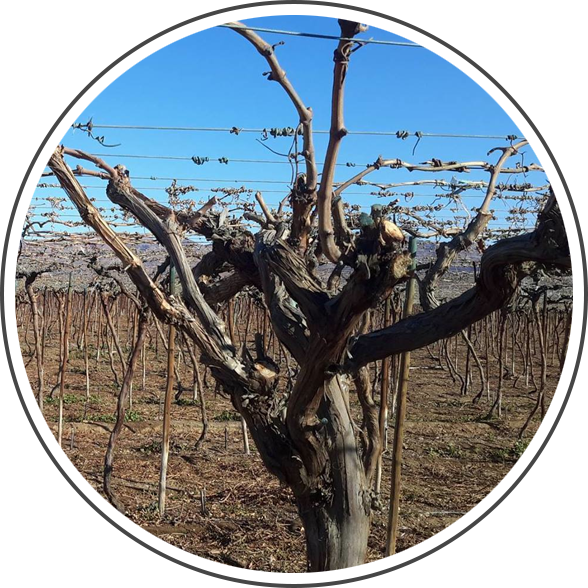
Dormancy
At this stage the vines are treated in order to spur the first stages of growth, which also reduces the ripening period to a minimum. This allows for harvesting to come earlier.


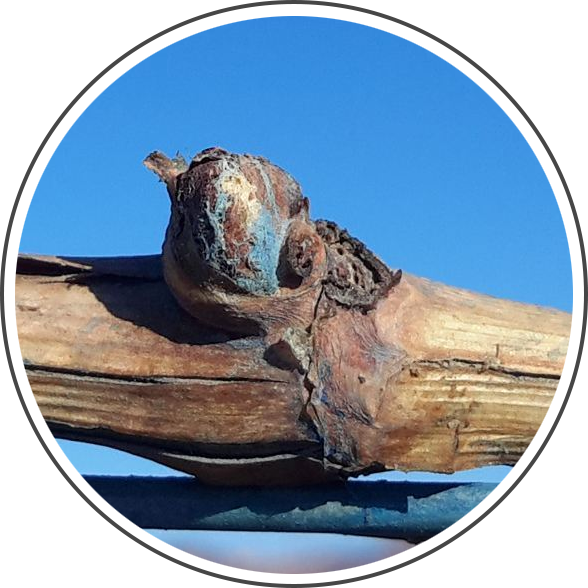
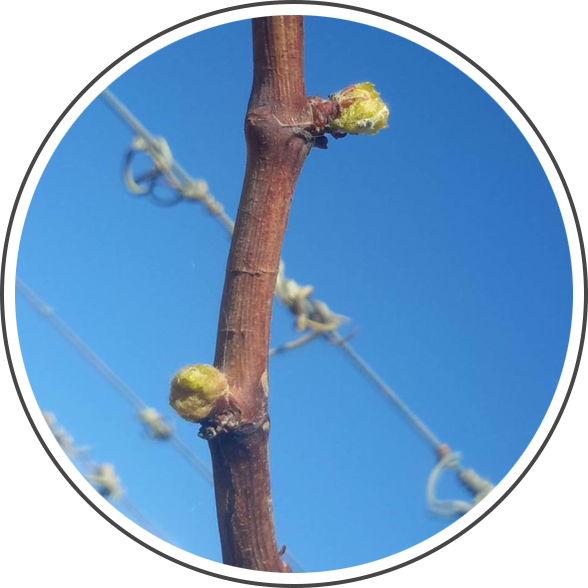
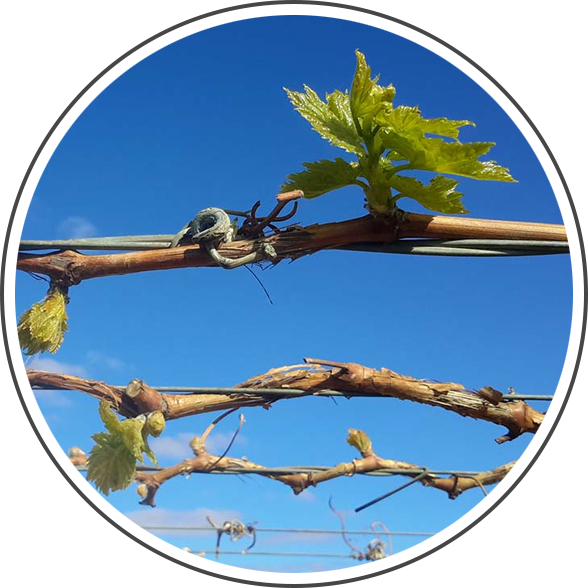
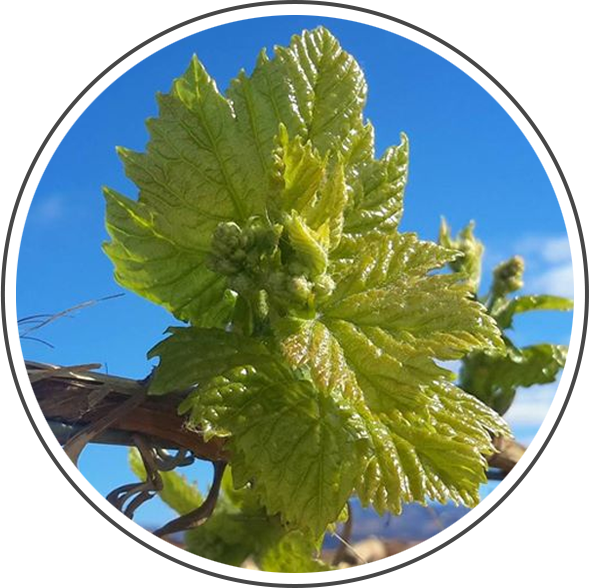
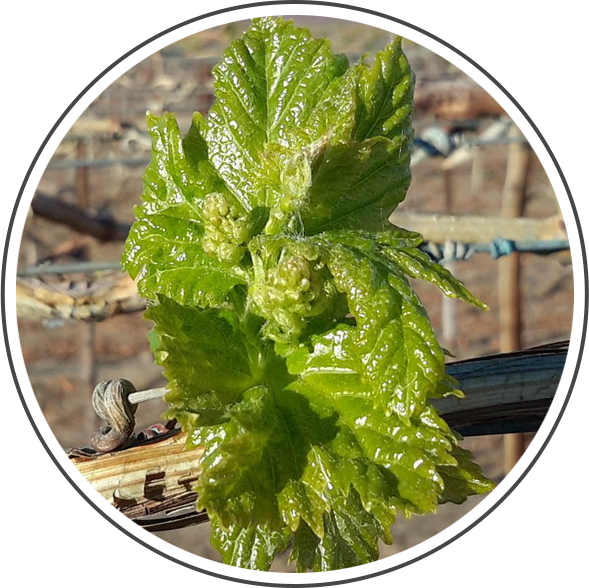
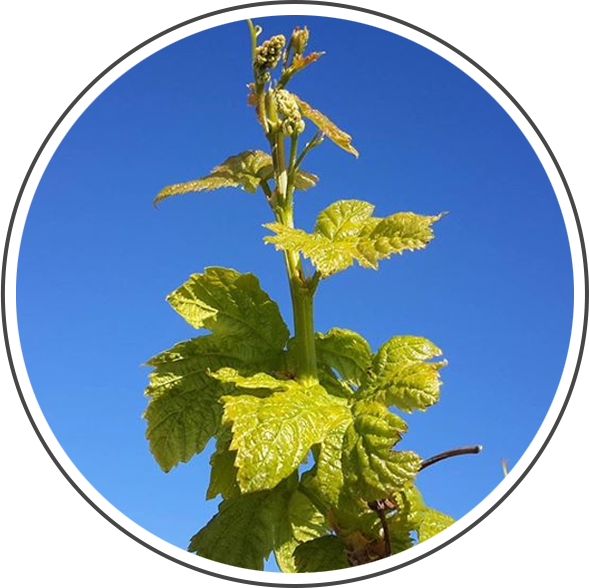
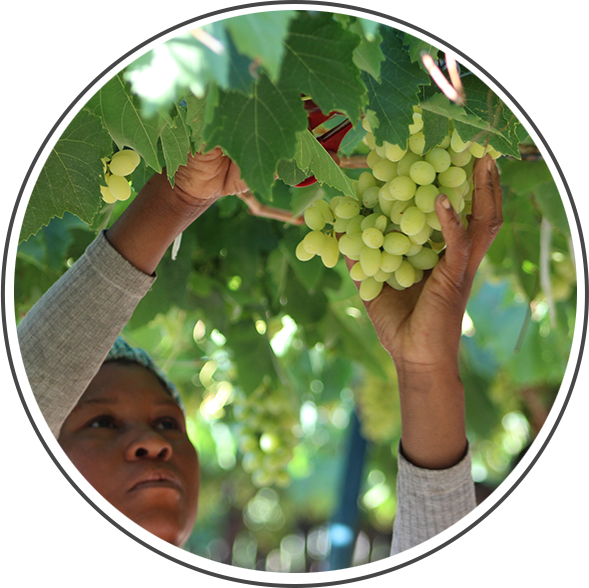
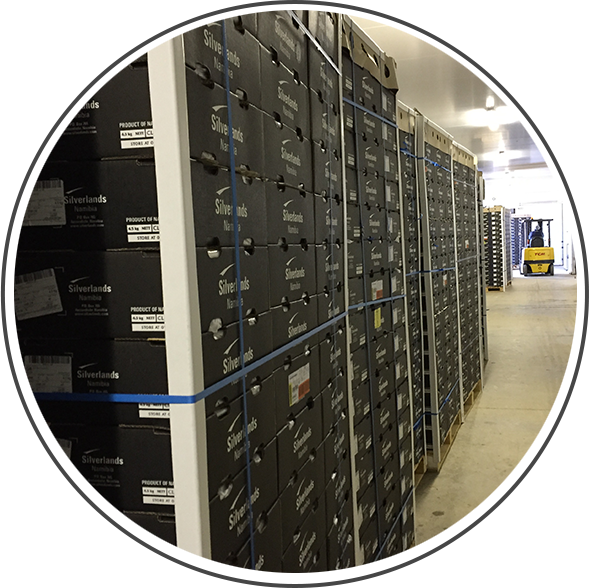

At this stage the vines are treated in order to spur the first stages of growth, which also reduces the ripening period to a minimum. This allows for harvesting to come earlier.
Pruning directly influences the number of shoots and the potential of the crop level. At this stage the growth of the vineyard is guided. Heavy pruning provides the greatest quality of grapes, which involves most of the old wood to be cut off. This will encourage new wood to grow, which is where the buds are produced.


At this stage there are tiny buds on the vine that will start to swell, from which shoots will begin to grow. These buds are recognised as the small part of the vine that rests between the vine’s stem and the leaf stem.
At this stage the shoots have now grown to 10cm, and will keep on growing around 1cm a day.


At 25cm the shoots have increased strength and are ready for the flowering process
to start.
Small flower clusters will now start appearing on the tips of the shoots looking like buttons. The flowers will grow in size, and during this stage the pollination and fertilisation of the grape vines will take place, which then results in the formation of small grape berries.


This stage will follow the flowering stage almost immediately. As soon as the flower has been fertilised, it will develop a seed and grape berry to protect it. Flowers that are not fertilised will fall off the vine.
The shoots will now start to harden and change colour from green to brown. At this stage the shoot is ripening and becomes known as a cane. The grapes are now plentiful and grow in large clusters.


This is the final stage of the grape’s vine lifetime and the fruit is now ready for harvesting. The vineyard manager will normally observe the berries and decide that it is time to harvest.
The grapes that were picked will now go through quality control to ensure only the best grapes are cleaned and packaged. Once packaged, the grapes will then be distributed to retailers to be sold. This process normally takes about 1 month from harvest to store shelf.
